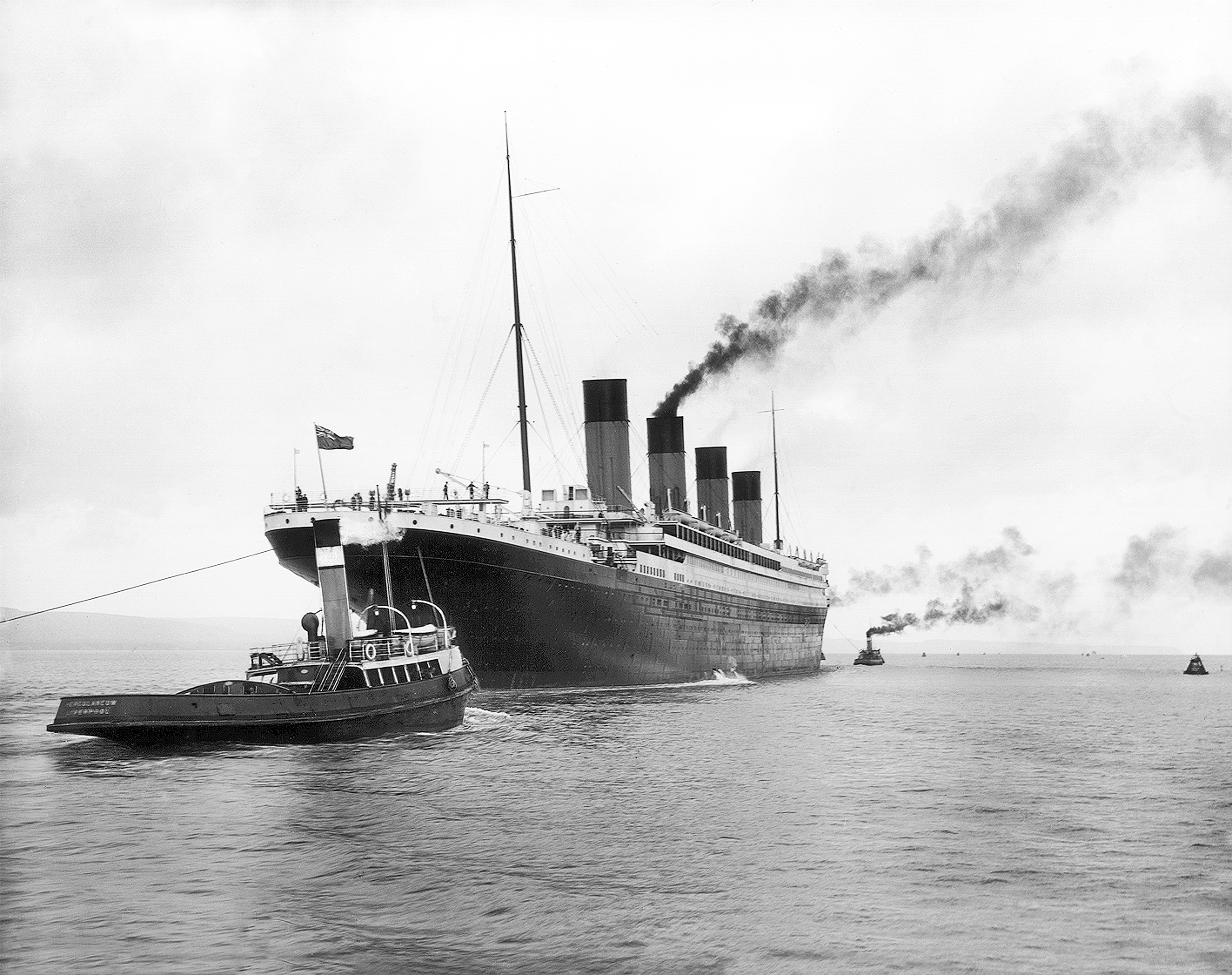When we picture the Titanic, grand images of a colossal ocean liner often come to mind. Famed for its tragic voyage and luxurious design in 1912, it’s easy to assume the “unsinkable” ship was the pinnacle of maritime engineering in terms of size. However, juxtaposing the Titanic with modern cruise ships reveals a surprising difference in scale. Just how much smaller was the Titanic compared to the behemoths of the seas cruising today?
The Titanic, in its time, was indeed a giant. It stretched 10 decks high, measured 882.5 feet in length, and had a beam (width) of 92 feet. To put this into perspective, consider the current world’s largest cruise ship, Royal Caribbean’s Icon of the Seas, set to embark on its maiden voyage in 2024. This modern marvel boasts 20 decks, an impressive length of 1197.5 feet, and a beam of 213 feet. The sheer difference in dimensions is striking, highlighting how much cruise ship technology and size have evolved over a century.
The revelation of these size disparities has recently captured public attention online. Following the unveiling of the first complete digital scan of the Titanic shipwreck, comparisons between the historical liner and contemporary cruise ships began circulating widely on social media. One particularly impactful image, showing the Titanic dwarfed by a modern cruise ship, went viral, sparking reactions of disbelief and amazement. Many online commentators expressed shock at the scale difference, using words like “wild,” “insane,” and “scary” to describe the comparison. This visual representation underscored just how significantly ship sizes have increased in the cruise industry.
The increased size of modern cruise ships isn’t just about bragging rights; it reflects advancements in naval architecture, engineering, and passenger demands. Today’s cruise liners are designed to offer a vast array of amenities and experiences, from multiple swimming pools and entertainment venues to entire shopping promenades and diverse dining options. Accommodating these features necessitates significantly larger vessels compared to the more streamlined passenger liners of the early 20th century like the Titanic, which primarily focused on transatlantic travel with class-based amenities.
The recent digital scan of the Titanic wreckage, lying 12,467 feet deep in the Atlantic, provides an unprecedented level of detail about the ship’s current state. This technological advancement allows researchers and historians to study the wreck site with greater precision, moving beyond speculation to evidence-based analysis. While the scan doesn’t change the size of the Titanic, it reinforces the historical context and allows us to better understand the ship within its era, further emphasizing the dramatic evolution of maritime technology and the immense scale of cruise ships in our time.
In conclusion, while the Titanic was undeniably a monumental ship of its time, modern cruise ships are in a different league altogether when it comes to size. The comparison highlights not only the progress in shipbuilding but also the changing nature of sea travel, from transportation to a floating resort experience. The next time you marvel at a massive cruise ship, remember the Titanic and appreciate just how much maritime engineering has advanced in the century since its fateful voyage.

